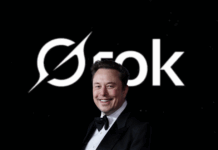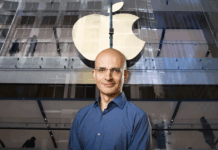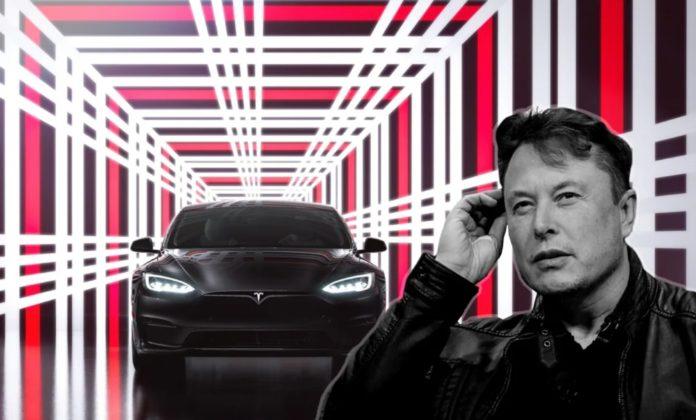Tesla is frequently regarded as a one-of-a-kind example in the automobile business. There is no doubt that the producer of electric cars has managed to gain a significant lead over all of its Western competitors. According to Counterpoint, it had 13% of the worldwide passenger electric car market in the third quarter of 2022 with Volkswagen, the second-largest Western automaker in terms of passenger electric vehicle sales, with a 4% market share.
This dominance is evident not merely in sales numbers but, more importantly, in profit. Profit margins at the Austin, Texas-based firm are unprecedented in the automobile sector. Such margins can be seen in technology organizations.
Tesla’s profit margins
According to its annual report, Tesla’s automotive gross margin was 28.5% last year. Ford had an adjusted margin before interest and taxes of 6.6% in 2022, while GM predicted its adjusted Ebit margin in North America would be 10.1%.
According to a survey by ZT Corporate analyst Azhar Hirani, the average profit margin for major automobile businesses globally between 2015 and 2020 was about 7.5%. Profitability varies per firm, but Hirani believes that luxury automobile brands, such as BMW, will have better profit margins than general and cheap brands. There are, however, exceptions to this trend, such as Volkswagen and Toyota, both of which indicate economic potential.
Large incumbent carmakers sell their cars at low to zero true margin. Most of their profit is selling replacement parts to their fleet, of which 70% to 80% are past warranty.
Like razors & blades.
New car companies lack this advantage. Also lack sales & service infrastructure.
— Elon Musk (@elonmusk) September 6, 2021
Critics of Tesla and Musk frequently point out that the firm benefits from cheaper expenses than incumbent automakers. Costs associated with gasoline automobile manufacture are borne by GM, Ford, Volkswagen, and other automakers. Costs associated with their dealer networks, etc., must be added to this. Tesla has no retail locations. The Model 3 sedan, Model S sedan, Model Y SUV, and Model X SUV are all sold directly to customers by Tesla. Tesla also does not promote, in contrast to its competitors, who spend millions of dollars on marketing.
Tesla strong in the cost game
Musk, on the other hand, feels it’s about more than just cutting expenses. The billionaire believes that the secret to his company’s long-term prosperity is also dependent on the product, or the automobiles manufactured. This is what he just said in a Twitter thread.
Large incumbent carmakers sell their vehicles at low to zero actual margins, according to a Twitter account that often tweets pronouncements from Musk, as he is known at Tesla. The majority of their earnings come from selling replacement components to their fleet, 70% to 80% of which are out of warranty. Razors and blades, for example.

It’s all about the automobile, really. Tesla automobiles do vary from other manufacturers in terms of appearance, both outside and inside. The lines are clean and straightforward. The Tesla vehicle takes pleasure in providing its consumers with a completely unique experience, not only via its power and the technology it incorporates but also through its sleek and slightly futuristic style, which defies the preconception of electric automobiles. Tesla also places a premium on interior capacity and an unmatched sense of room.
Furthermore, Musk and Tesla pioneered the over-the-air transmission of software upgrades in automobiles with new features and capabilities. Vehicle owners are alerted when an update is ready and given information on how to install it themselves. This keeps their vehicles up to date with the newest advancements while also providing the automobile manufacturer with a consistent stream of revenue through subscriptions for service updates.
Stay tuned to Brandsynario for the latest news and updates.
































